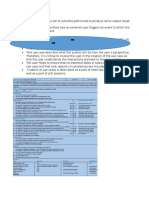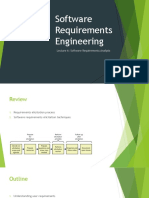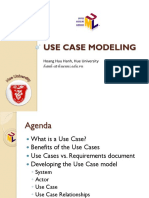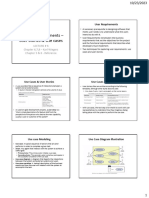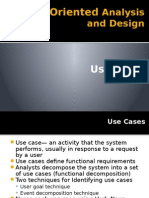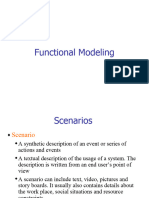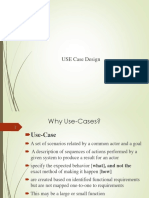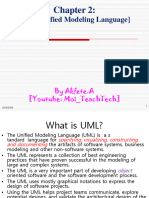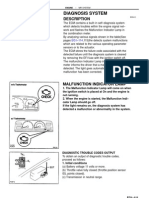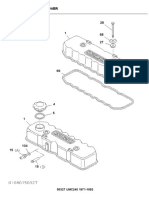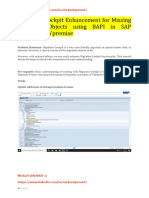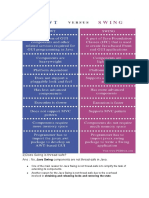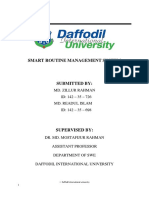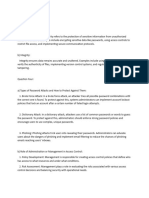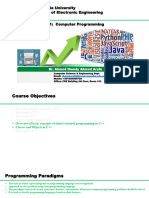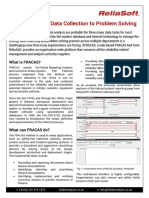0% found this document useful (0 votes)
55 views5 pagesChapter 4 - Use Case Analysis
Chapter on learning how use cases work and how to create them
Uploaded by
Percy LandCopyright
© © All Rights Reserved
We take content rights seriously. If you suspect this is your content, claim it here.
Available Formats
Download as PDF, TXT or read online on Scribd
0% found this document useful (0 votes)
55 views5 pagesChapter 4 - Use Case Analysis
Chapter on learning how use cases work and how to create them
Uploaded by
Percy LandCopyright
© © All Rights Reserved
We take content rights seriously. If you suspect this is your content, claim it here.
Available Formats
Download as PDF, TXT or read online on Scribd
/ 5
